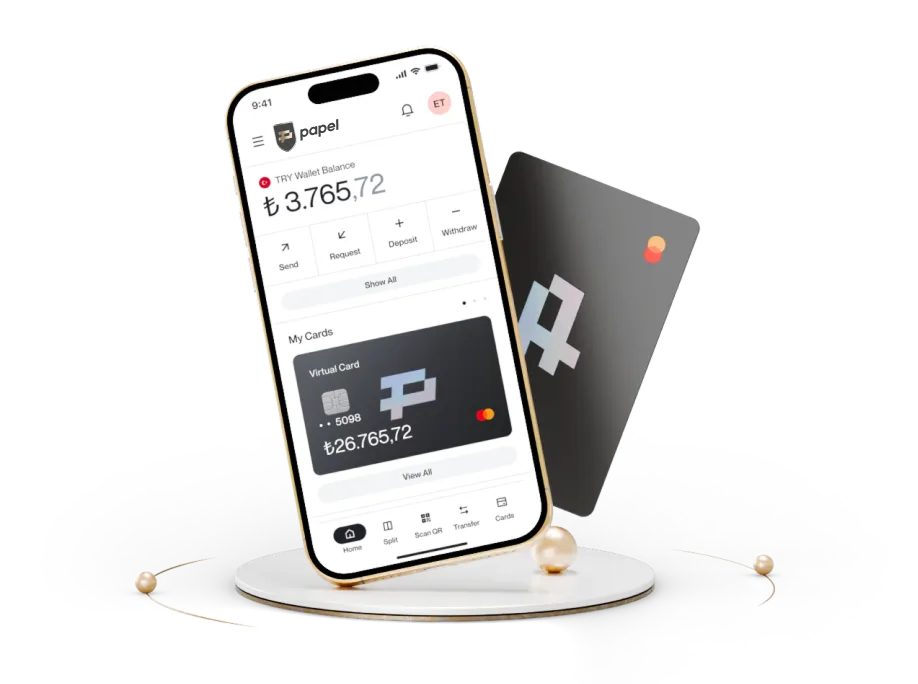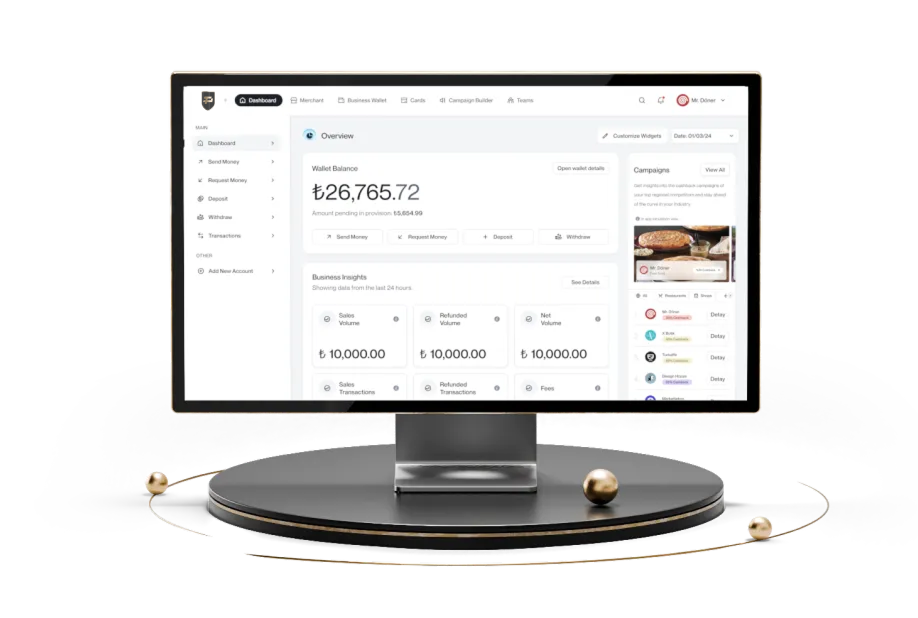What Is Authorization and How Long Does It Take?
Authorization, a step we frequently encounter during payment transactions, may seem complex for many. However, this temporary blocking process protects buyers and sellers from fraud and erroneous transactions. So, what exactly is authorization, how does it work, and why is it so important?
What Is Authorization and How Does It Work?
Authorization is a pre-approval process applied in finance and banking to ensure that a payment transaction with a credit or debit card is completed securely. During this process, your bank checks whether your card is valid and if you have sufficient balance or credit limit. If there are no issues, the transaction is approved, and the relevant amount is temporarily blocked in your account. This temporary block is lifted once the transaction is finalized, and the amount is transferred to the seller’s account.
The authorization process begins when a customer uses a credit or debit card to purchase a product or service. The next step of the authorization process, which aims to protect both the buyer and the seller from possible fraud and erroneous transactions, involves the seller forwarding the customer's card details and transaction amount to the bank. The bank then evaluates the card's validity, balance, and potential risk factors. If all checks are successful, the bank approves the transaction and temporarily blocks the amount. Otherwise, the transaction is declined. Finally, the result of the transaction is communicated to both the seller and the customer. The authorization duration varies depending on the type of transaction and the bank’s policies. During this period, the amount under an authorization is deducted from your available card limit but has not yet been transferred to the seller’s account.
What Are the Types of Authorization?
Various types of authorization are designed to ensure financial transaction security and protect customers and sellers from potential risks. These types vary depending on the type of transaction, the purpose of blocking the amount, and the nature of the process. The most common types of authorization are as follows:
Pre-Authorization:
Pre-authorization temporarily blocks a specific amount on the card’s limit during a payment transaction. This method is used for hotel reservations, car rentals, and online shopping. Once the transaction is completed, the blocked amount is released or collected.
Security Authorization:
Security authorization is used when the cost of a product or service may change. For instance, hotels or car rental companies may request security authorization to cover potential damages or unexpected expenses.
Pending Authorization:
Pending authorization refers to the transaction amount awaiting approval from the bank, which has not yet been deducted from the account. The transactions appear pending authorization because the bank still verifies the card and limit details. A transaction may remain in permission for a while, and if no issues arise, it is reflected in the account as an expense.
Why Do Payments Stay in Authorization?
Banks and financial institutions prioritize security to protect both their customers and merchants. For this reason, payment transactions are placed in authorization while they undergo necessary checks. During this waiting period, the transaction's validity, the card details' accuracy, and the account balance's sufficiency are assessed. Conducting these checks is crucial to prevent potential fraud attempts. The authorization process is completed within a specific period, depending on the transaction type and bank policies, and the amount held in authorization is deducted from the card’s available limit. Of course, there are ways for both businesses and users to make payment transactions quickly and easily. Sign up for Papel and take advantage of Pay with Papel benefits.
What Does "Authorization Not Received" Mean?
The phrase “authorization not received” means that the bank could not provide the necessary approval during a payment transaction and could not be completed. There are several possible reasons for this. The first is insufficient balance or credit card limit. Your account must have enough funds or an available credit limit to complete the payment transaction successfully. Incorrect card details can also lead to authorization failure. Ensuring that your card number, expiration date, and CVV code are correct and up to date is essential. If your card has expired, authorization cannot be obtained.
Additionally, if the bank detects an unusual or suspicious transaction, it may decline authorization for security reasons. If there appears to be no issue on your end but authorization is still not received, you can contact your bank’s customer service for more details. If you have other concerns about using a credit card, Papel Blog is here to help. You can find answers to many credit card-related questions in our article "Credit Card Usage Guide: What You Need to Know to Be a Conscious Credit Card User."

What Is an Authorization Code?
An authorization code is a unique reference number the bank or payment processor provides to identify and track a payment transaction. This code is essential for ensuring transaction security and facilitating expense tracking. It is used for transaction inquiries and monitoring the status of a payment. Each authorization code is linked to a single transaction, allowing users to obtain information about their payment without confusion. In cases such as authorization cancellations, transactions are processed using these codes. You can find your authorization code via your online or mobile banking applications.
H2: How Long Does Authorization Take?
The authorization duration varies depending on the type of transaction, bank policies, and the payment system used. Generally, authorization lasts one to two business days for credit or debit card transactions. If the payment card and the POS terminal belong to the same bank, the authorization period is usually shorter, whereas it may take longer if different banks are involved. Sometimes, authorization may take longer than expected due to weekends, public holidays, or technical issues.
Can Authorization Be Refunded?
Authorization transactions can be refunded. When a bank places an authorization hold on a certain amount during a payment transaction, that amount remains temporarily blocked. If the transaction is canceled or the seller does not approve, the blocked amount is returned to your account and added to your available balance. While authorization is in progress, the transaction appears as "pending authorization," you can cancel the transaction at this stage. If you cancel your transaction, the authorization is also canceled, and the blocked amount becomes available again. Each bank has different cancellation procedures, so it is recommended that you contact your bank’s customer service and follow their specific guidelines.
What Is Pending Authorization and How Can It Be Canceled?
Pending authorization means that the bank has not finalized a payment transaction and has been temporarily deducted from your card’s limit. During this process, the transaction amount is blocked in your account but has not yet been transferred to the seller. To cancel a pending authorization, you can contact the merchant where you made the transaction and request a cancellation. The seller can then contact their bank to revoke the authorization. Another option is to reach out to your bank. If you cannot contact the seller or the transaction was made without your knowledge, you can contact your bank’s customer service. The bank will review the situation and assist you with the cancellation process. Since pending authorizations typically disappear automatically within one to two days, acting quickly is advisable to ensure the transaction is swiftly canceled.
Sources: 1.

